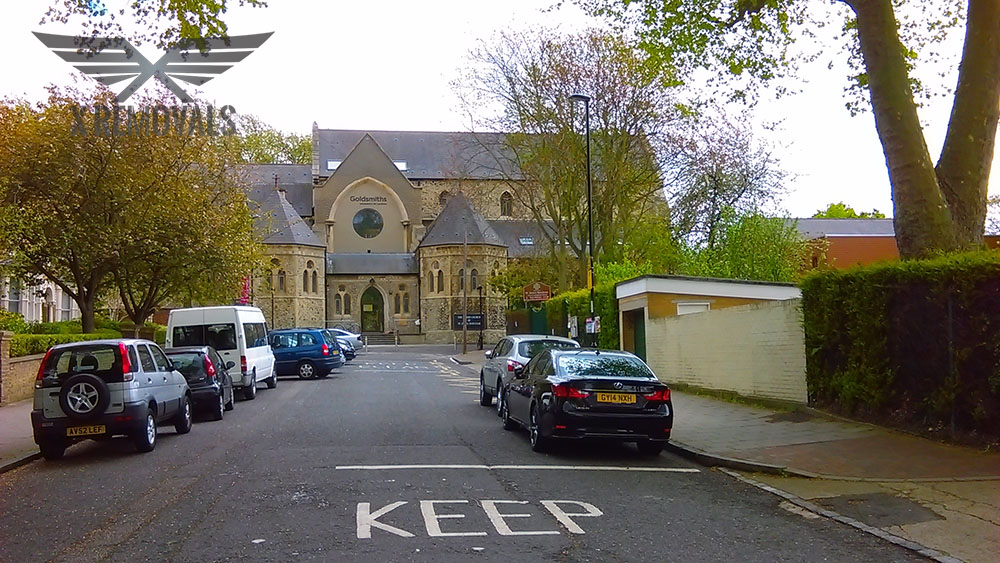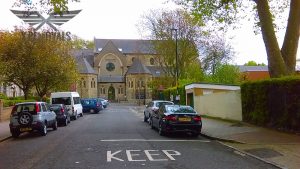
Basic Guide To Lewisham
The London Borough of Lewisham is one of the best and most preferable residential areas in the capital today. The reasons for this are simple. Lewisham is located very near Central London – on the opposite side of the River Thames just next to the City and Westminster. It covers a grand total area of just a bit more than 35 square kilometres and its main district is identified by the London plan as one of the 35 major centres of Greater London. Not surprising, the population of Lewisham is pretty considerable – 291 933 people live here, 95 000 of whom are in the eponymous town.
The neighbourhoods of Lewisham
Most of the neighbourhoods in Lewisham are residential in character. A fine example of such a place is Bellingham SE6, a neighbourhood that grew out of the council estate of the same name. The area is centred in the vicinity of Randlesdown Street, where most of the amenities are to be found. A more affluent residential area in Lewisham is Blackheath, SE3, a place reputed to its very long history and strong community spirit. As early as 1608 golf was played in Blackheath – the traditions of the sport name this area as the place where golf was actually introduced in England. Urban expansion came with the construction of the local railway station. One of the most anticipated annual events in Blackheath are the traditional fireworks on the Saturday that is closest to the Guy Fawkes Night.
A deep sense of history
Another major area within the territory of the borough in Lewisham is Catford SE6 – another one of the 35 major centres in the London Plan. Major landmarks in the area include the famous cat statue known as the Catford Cat, which stands in the town square. The Black Horse and Harrow is an iconic pub, the oldest one in these parts of London, which used to be one of the favourite watering holes of none other than Karl Marx. Catford went through a period of serious regeneration in the past several decades which put it again on the map after a period of serious decline.
A view towards the City
Crofton Park SE4 is definitely the place to go if you want to see the best of Lewisham. The district was built with a residential purpose in mind but thank to the view to Canary Wharf and the City that opens from Blythe Hill Fields, it is often visited by tourists. Crofton Park is also reputed for being home to the Rivoli Ballroom, the Brockley Jack Theatre and the Arts and Crafts Gothic church of St Hilda.
Fine green spaces and dockyards
 Lewisham like much the rest of Greater London has many open green spaces within its territory. Around those many fine residential developments appear over the years. Deptford Park SE8 is one of those. From the 16th well into the 19th century the area was home to the first Royal Navy Dockyard. Local economy traditionally relied on the dockyards – when business there was good, Deptford was well too. After the closure of the dockyards, Deptford’s character was forced to change. Today the area is gentrified, multi-cultural and overall pretty nice to live in.
Lewisham like much the rest of Greater London has many open green spaces within its territory. Around those many fine residential developments appear over the years. Deptford Park SE8 is one of those. From the 16th well into the 19th century the area was home to the first Royal Navy Dockyard. Local economy traditionally relied on the dockyards – when business there was good, Deptford was well too. After the closure of the dockyards, Deptford’s character was forced to change. Today the area is gentrified, multi-cultural and overall pretty nice to live in.
Attractive residential developments
The construction of the Croydon Canal prompted the development of one of the youngest neighbourhoods in the borough – Forest Hill SE23. The area has a number of pretty interesting sights, including what is the oldest swimming pool in London on Dartmouth Road. It was constructed in 1884. The original Crystal Palace or at least parts of it were also within the territory of present day Forest Hill. After it was moved to Sydenham, on its place over 3500 new homes were built.
Brockley SE4 is the last district that we are going to turn our attention to. The district has a population of well over 17 000, making it one of the most densely populated parts of Lewisham. It was mostly developed after the arrival of the railway. Many big semi-detached family houses built in that period survive in a good condition to this day. The majority of them were converted into flats after WW2. Blythe Hill, Brockley and Ladywell Cemeteries and Hilly Fields are popular and pretty attractive open green spaces that are within the boundaries of the district. Edgar Wallace, author of King Kong, used to live in the area between 1900 and 1932.

Sorry, the comment form is closed at this time.